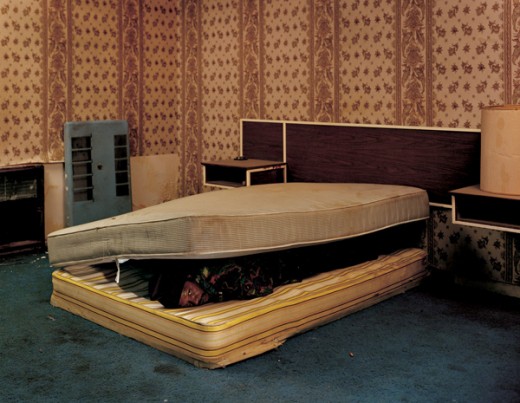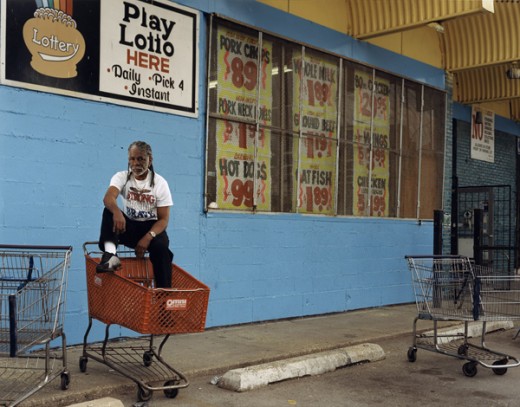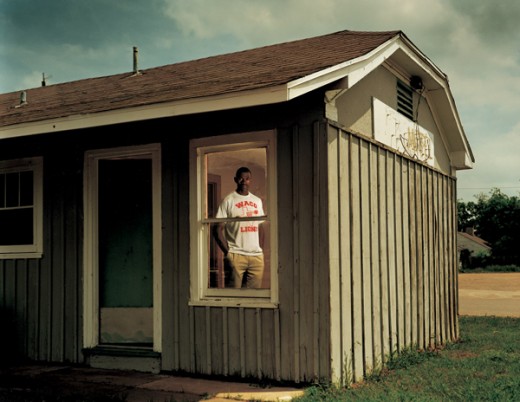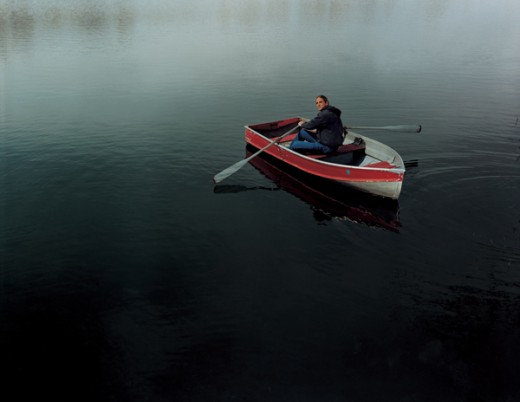If the State Wrongly Imprisons You, Forget About Restitution (With Visuals)…
Courtesy of the Sacramento Bee:
Individuals who are wrongly convicted and incarcerated in California are entitled to receive restitution from the Victim Compensation and Government Claims Board.
But an analysis of such cases by California Watch found only that of the 132 people who filed claims since 2000, only 11 have been compensated. 56 claims have been rejected without a hearing. Others are either waiting for a hearing or waiting for a decision after a hearing.
California is one of 27 states which pays restitution for the wrongly imprisoned. But according to CW, it’s not enough for a judge to declare a inmate innocent. He must prove three things: “that they did not intentionally contribute to their own arrest by ‘voluntarily’ or ‘knowingly’ pleading guilty to the crime; and that they experienced financial losses as a result of their incarceration.” Advocates for the wrongly accused say these requirements are often impossible to meet.
This is why I really resent having to call the system — the criminal JUSTICE system. I usually call it the criminal LEGAL system… After reading the post cited above, I was reminded of Taryn Simon’s powerful photographic series called the “Innocents.” Simon has photographed people who were exonerated from Death Row. Below are some of her amazing photographs which I hope help to literally put a face to the people who have been “exonerated “and are still being screwed by the criminal legal system.
Here is a statement about the “Innocents:”
The Innocents documents the stories of individuals who served time in prison for violent crimes they did not commit. At issue is the question of photography’s function as a credible eyewitness and arbiter of justice.
The primary cause of wrongful conviction is mistaken identification. A victim or eyewitness identifies a suspected perpetrator through law enforcement’s use of photographs and lineups. This procedure relies on the assumption of precise visual memory. But, through exposure to composite sketches, mugshots, Polaroids, and lineups, eyewitness memory can change. In the history of these cases, photography offered the criminal justice system a tool that transformed innocent citizens into criminals. Photographs assisted officers in obtaining eyewitness identifications and aided prosecutors in securing convictions.
Simon photographed these men at sites that had particular significance to their illegitimate conviction: the scene of misidentification, the scene of arrest, the scene of the crime or the scene of the alibi. All of these locations hold contradictory meanings for the subjects. The scene of arrest marks the starting point of a reality based in fiction. The scene of the crime is at once arbitrary and crucial: this place, to which they have never been, changed their lives forever. In these photographs Simon confronts photography’s ability to blur truth and fiction-an ambiguity that can have severe, even lethal consequences.
Police found Mayes hiding beneath a mattress in this room
Served 18.5 years of an 80-year sentence for Rape, Robbery, and Unlawful Deviate Conduct, 2002
Ronald Jones Scene of arrest, South Side, Chicago, Illinois
Served 8 years of a death sentence for Rape and Murder, 2002
Calvin Washinton C&E Motel, Room No. 24, Waco, Texas
Where an informant claimed to have heard Washington confess
Served 13 years of a Life sentence for Capital Murder, 2002
Clyde Charles Terrebonne Criminal Justice Complex, Houma, Louisiana
Where Clyde’s brother Marlo is being held
Clyde was held here and convicted of the same crime as Marlo
Served 17 years of a Life sentence for Aggravated Rape, 2002
Jeffrey Pierce Lake Huron, Port Huron, Michigan, Served 15 years of a 65-year sentence for Rape and Robbery, 2002





